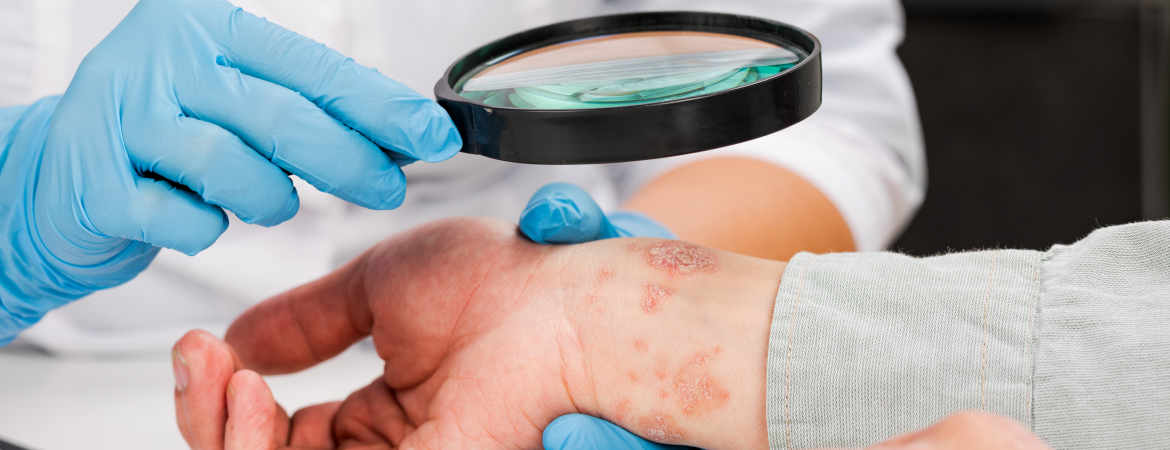
Learn about skin cancer
The largest organ in your body is your skin and it’s made up of water, protein, fats and minerals. Your skin keeps you healthy by protecting you from germs and regulating your body temperature. Skin nerves allow you to feel hot and cold sensations.
When cells die or become damaged, new skin cells form normally; however, when this process doesn’t go according to plan, a rapid growth of cells, some of which may be abnormal, develops. As a result, skin cancer develops. This happens when skin cells multiply in an uncontrolled and disorderly manner.
What is skin cancer?
First, let’s take a breath and understand that this cluster of rapidly growing cells might be non-cancerous, meaning they don't spread or cause harm.
If they are cancerous, and if they aren’t detected and treated early, they could spread to nearby tissue or other parts of your body. The sun's ultraviolet (UV) light is a common culprit of skin cancer.
Melanoma is the 17th most common cancer worldwide, according to World Cancer Research Fund International. In 2020, there were over 150 000 new cases of skin melanoma.
Melanoma is the deadliest form of skin cancer. It's rarer than other forms of skin cancer. When children are exposed to excess ultraviolet (UV) radiation, they’re likely to develop melanoma later in life. Short, sharp bursts of overexposure are linked to this type of cancer, so even a single bad sunburn, especially as a child, can cause damage and lead to melanoma later in life.
Basal Cell and Squamous Cell Carcinomas are non-melanoma skin cancers. The most common and least dangerous type is Basal Cell Carcinoma. Long-term sun exposure, especially if you’re an athlete or work outdoors, can lead to this type. These cancers can result in deformity or the loss of an eye, nose or ear if left untreated, so early detection is crucial.
Good to know
Whatever part of your body is most exposed to the sun (head, neck and back of the hands), are the most common sites for Squamous Cell Carcinoma. Although SCC is most found on women's lower legs, it can develop anywhere on the body, including the inside of the mouth, lips and genitals. Stay away from tanning beds,as they can lead to SCC.
Skin cancer can affect anyone, but you're more at risk if you:
- Work or stay out in the sun for long periods of time.
- Have a history of sunburns or get sunburned easily.
- Use tanning beds.
- Have light-coloured eyes, blonde or red hair, and freckled or fair skin.
- Have severalmoles or moles that are irregular in shape.
- Have pre-cancerous skin growths that are rough, scaly, dark pink-to-brown patches.
- Have a family history of skin cancer.
- Have received a transplanted organ.
- Use immune-suppressing or immune-weakening medications.
- Have been exposed to ultraviolet light therapy for skin conditions like eczema or psoriasis.
When to see the doctor
It's best to see your doctor if you notice suspicious spots or growths on your skin, or changes in existing spots or growths. They will examine your skin and make a diagnosis or refer you to a specialist.
Takeaway
- Stay away from sunlamps and tanning beds.
- Stay indoors or in the shade during the peak hours of the sun, from 10am to 4pm.
- Apply an SPF30 or higher sunscreen and lip balm to exposed skin at least 30 minutes before going outside and reapply throughout the day.
- Wear a wide-brimmed hat and sunglasses that provide 100% UVB and UVA protection.
- Regularly inspect your skin for changes, like new growths.
Disclaimer
This article is for informational purposes only. Always check with your doctor or medical practitioner about any health concerns, before embarking on any fitness or nutrition programme, and usage of any medication.
